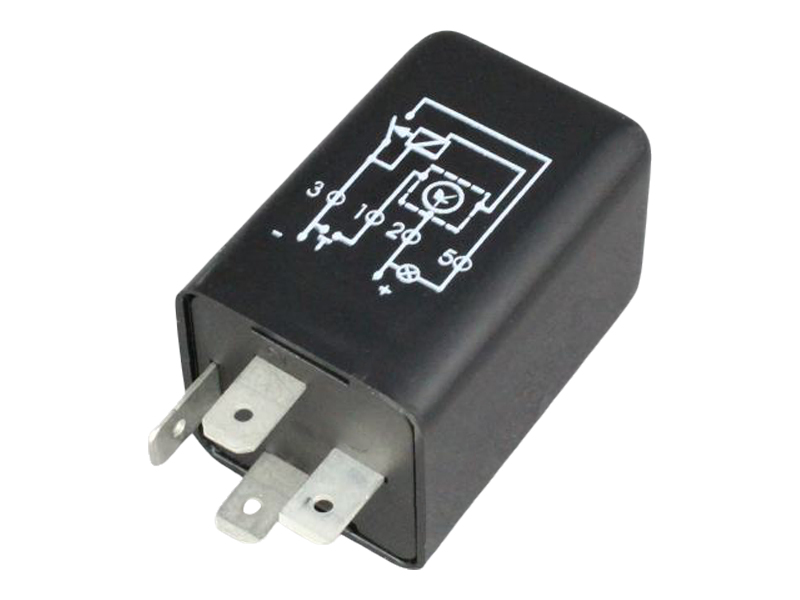

Once initiated, DOE timed contacts change state after a set time period has passed.

The operation of the timed contacts can be summarized as follows. Figure 2 shows the NEMA symbols for the on-delay timer normally open (NO) and normally closed (NC) contacts. The time delay of the contacts begins once the timer is switched on hence the term on-delay timing. On-Delay Timer: The on-delay timer is sometimes referred to as DOE, which stands for delay on energize. There are four basic timing functions: on-delay, off-delay, one-shot, and recycle. The timer is energized continuously, and timing is initiated when the external trigger circuit is closed.A timing-delay period of from 0.1 to 2 seconds is set by the adjustment of an internal potentiometer located on the front panel of the timer.Connections provided include timed contacts (C1, C2), voltage input (L1, L2), and external trigger switch (S1, S2).The operation of the device can be summarized as follows. Figure 1 shows a typical solid-state timing relay. The timing functions are initiated when the electronic circuit of the timer is energized or a triggering signal is received or removed.Įlectronic timers are available in a variety of rated input operating voltages. Some are equipped with batteries or internal memory to retain their settings during power failures. In order to maintain their timing operations, solid-state timers are normally constantly powered. These electronics-based timers are very accurate and can control timing functions ranging from a fraction of a second to hundreds of hours.

Some use a resistor/ capacitor ( RC ) charge and discharge circuit to obtain the time base, while others use quartz clocks as the time base. The two broad categories of solidstate timers are analog and digital.ĭifferent methods are used to control the time-delay period. Solid-state timing relays use electronic circuitry to provide their timing functions. There are different types of timer relays, out of them the solid state timing relays are very popular. Timer functions include timing a cycle of operation, delaying the starting or stopping of an operation, and controlling time intervals within an operation. The use of timers can eliminate the labor-intensive process of trying to manually control each step of a process. Timers allow a multitude of operations in a control circuit to be automatically started and stopped at different time intervals. Timer relays are a variation of the standard instantaneous control relay in which a fixed or adjustable time delay occurs after a change in the control signal before the switching action occurs.


 0 kommentar(er)
0 kommentar(er)
